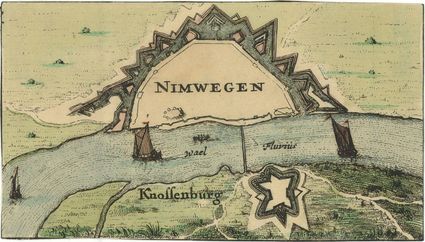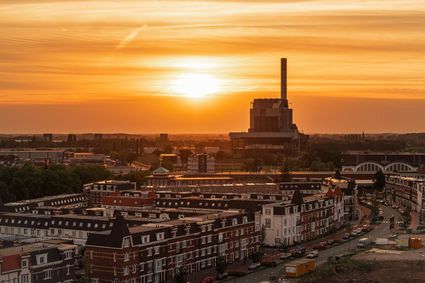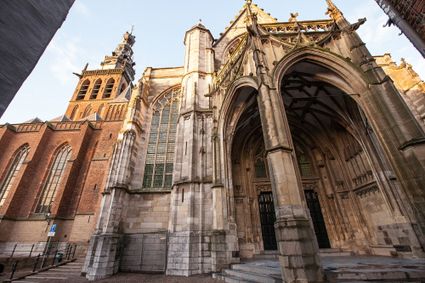Occupied city, persecution of Jewish people and resistance
Nijmegen is bursting at the seams with historical stories, ranging from leading figures to ordinary people, from neighbourhoods to political events. The Canon of Nijmegen encompasses the most important stories about Nijmegen’s history. One of these stories tells the tale of the black pages of Nijmegen’s history. Before World War II, the more than five hundred Jewish citizens of Nijmegen were generally considered to be respected fellow inhabitants, who simply played a part in public life. During the German occupation, however, the Jewish community in Nijmegen was dealt unimaginably harsh blows.
1940 – 1942: from isolation to persecution
The process of the humiliation and isolation of Jewish people began in the fall of 1940, when twelve Jewish citizens were dismissed from civil service. The occupying forces then issued a series of both small and large discriminatory measures, culminating in deportations that began in the fall of 1942. The largest roundups took place on October 2nd and during the night of November 17th-18th, 1942. Several hundred Jewish people were arrested. The police force in Nijmegen had some notorious collaborators among their staff, but there’s no doubt that the civilian population also committed horrible acts of betrayal against the Jewish population in Nijmegen, including turning in their fellow citizens.
The walls of the beautiful synagogue on the Gerard Noodtstraat, a sign of the flourishing of the local Jewish citizenry, was defaced in 1941 with a blotchy swastika and texts like “Judas miser” and “Judas choke,” sign of harsh anti-Semitism. The majority of the Jewish population of Nijmegen was deported before January 1st, 1943. Less than ninety Jewish people from Nijmegen survived the war, thirteen of whom returned from extermination camps after 1945. Remarkably little has been published about the exact circumstances and persecution of Jewish people in Nijmegen – like the city is still embarrassed about this black page in its history.

The synagogue that was defaced in 1941
Growing resistance
During the first years of the occupation, Nijmegen was mainly characterised by passive resistance. Newspaper De Gelderlander and library Openbare Leeszaal didn’t acquiesce to the threats of the Nazis. Neither did the management of the Klokkenberg, a school which, in August of 1941 refused to pass on the total number and names of Jewish students to the authorities – granted, the school didn’t have any Jewish students. The Senate of the Catholic University similarly refused to present the students with a “declaration of loyalty” to the occupying forces, with the result that the university itself closed its doors in April of 1943; most of the students had to go into hiding.
As the war progressed and the Germans’ measures started interfering with daily life – the deportation of the Jewish community, the measures against the students, and forced labour (mandatory employment by the occupying forces) – resistance to the foreign regime also grew, and resistance groups like Poelen, Hogerhand, Natura, Oranjewacht, the Pandoerenclub and Fredericks were formed in Nijmegen. On July 8th, 1943, the police commissioner of Nijmegen, A.J.M. van Dijk, a notorious collaborator, was shot in broad daylight by Henk Romeyn, a courier of the Dutch Secret Service. Van Dijk would succumb to his injuries, and Romeyn was executed by the Germans.
In the final phase of the war, the distribution of illegal newspapers increased rapidly. Magazines like Trouw, De Geus (an underground student newspaper), the communist De Waarheid, Je Maintiendrai, and Christofoor found their way to readers through illegal groups.
Immerse yourself in the rich history of the oldest city in the Netherlands, because Nijmegen has a lot of stories to tell you. Curious? You can read all about it in this historical timeline.



